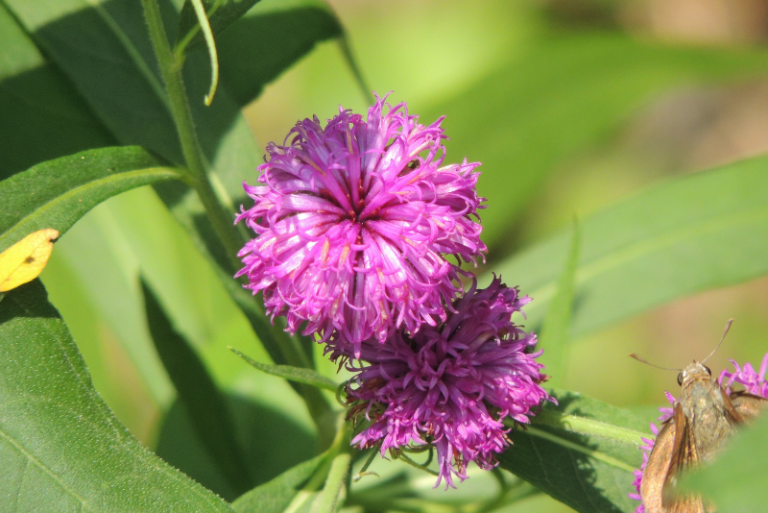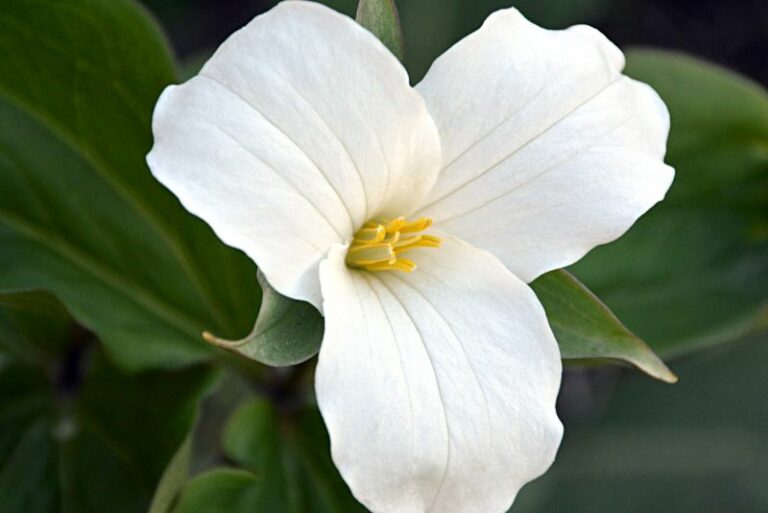How to Grow Philadelphus (Mock Orange)
Philadelphus, commonly known as the mock orange, is a beloved shrub that captivates gardeners with its delightful fragrance and vibrant blossoms. Whether you’re a seasoned gardener or a nature enthusiast looking to expand your green thumb, the appeal of the philadelphus plant is timeless. This guide will walk you through the essential steps to growing your own mock orange, from cultivating the perfect conditions to enjoying the flourishing results.
Plant Profile

A mainstay of traditional gardens, philadelphus is renowned for its star-like, single or double white flowers, which often bloom in abundance. These fragrant blooms are reminiscent of orange blossoms, hence the common name ‘mock orange.’ The plant’s colorful display is complemented by its green foliage, which can range from deep to bright green, buttery yellow, or even variegated. Grown for its aesthetics and scent, philadelphus shrubs are the perfect addition to any garden looking to add a touch of elegance and sweet perfume.
Growing Conditions
Creating the ideal environment for your philadelphus is crucial for healthy growth and prolific flowering. These robust shrubs can adapt to a variety of conditions but thrive under certain preferences.
Sunlight Requirements
Philadelphus prefers full sun to part shade, receiving at least 6 hours of direct sunlight per day for maximum flowering. In hotter climates, partial shade during the afternoon can help prevent the plant from wilting.
Soil and Water Needs
The soil should be well-draining and nutritive, with a pH level ranging from slightly acidic to slightly alkaline. A regular watering schedule, keeping the soil damp but not waterlogged, is ideal for philadelphus, especially during dry spells. Mulching around the base of the plant can aid in moisture retention and keep the roots cool.
Planting and Maintenance
Before planting, prepare the soil by adding organic matter to ensure good drainage. When it comes to maintaining your philadelphus, specific attention to pruning and general upkeep is vital.
Planting
- Begin by digging a hole twice the size of the root ball.
- Place the shrub in the hole, making sure it is at the same level as it was in the pot.
- Backfill with the dug soil and gently tamp down to remove air pockets.
- Water thoroughly to settle the soil around the roots.
Pruning
Philadelphus blooms on the previous year’s wood. To encourage a bushy growth and abundant flowering, prune after blooms fade by cutting one-third of the stems just above a leaf node. You can also remove any dead or damaged wood.
General Care
- Spread a layer of organic mulch around the base of the plant to help retain moisture and suppress weeds.
- Fertilize in early spring with a balanced fertilizer to promote growth and flowering.
- Regularly check for pests and diseases, removing any affected areas promptly.
Propagation Methods
There are several methods for propagating philadelphus, each suited for different preferences and skill levels.
Softwood Cuttings
- Take cuttings in early summer from new green growth.
- Remove the lower leaves and dip the end in rooting hormone.
- Plant the cuttings in a pot with well-draining soil and place them in a warm, bright area.
Semi-Hardwood Cuttings
- Choose a stem that has started to mature.
- Prepare the cutting and plant it similarly to softwood cuttings, but expect a longer rooting time.
Division
- Divide the roots of an established philadelphus plant, ensuring each division has both roots and stems.
- Plant the divisions into individual containers or directly into the ground, and water them well.
Common Pests and Diseases
Despite being relatively hardy, mock oranges can fall prey to a few pests and diseases.
Aphids
- These soft-bodied insects can be removed by hand, sprayed off with water, or controlled with insecticidal soap.
Powdery Mildew
- Treat powdery mildew with a fungicide, ensure good air circulation, and avoid overhead watering.
Leaf Miners
- Use sticky traps to capture flying adults and reduce the population, and dispose of affected leaves to prevent the spread.
Benefits in the Garden
The mock orange is not just a treat for the senses; it has several other benefits that make it a valuable addition to any garden.
Aesthetic Appeal
With its graceful arching branches and profuse, fragrant blooms, philadelphus adds a touch of class to any landscape. It’s also an excellent choice for a shrub or mixed border.
Fragrance
The sweet, citrusy scent of the mock orange is a welcome addition to any garden and can even be brought indoors by cutting branches for floral arrangements.
Wildlife Attraction
The shrub’s flowers are a favorite of bees and butterflies, and its dense foliage provides shelter for birds.
Conclusion
Growing philadelphus, or the mock orange, is a rewarding experience that can bring beauty and joy to your outdoor space. With the right conditions and maintenance, you can enjoy the lovely blooms and sweet fragrance that these plants are known for. Whether you’re planning your first garden or looking to enhance an existing one, consider including a philadelphus to elevate your natural oasis.
By understanding the plant’s preferences and lifecycle, you can confidently cultivate your own philadelphus and take pride in creating a flourishing, fragrant haven in your backyard. Remember to take note of the plant’s growth throughout the seasons and adjust your care accordingly. Happy gardening!






